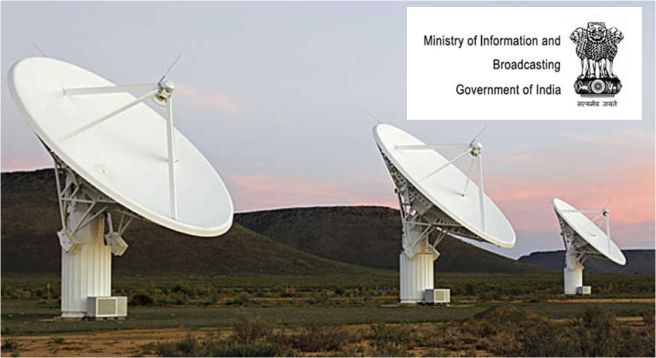The Indian government cancelled a meeting that had been planned on April 6 with broadcast industry stakeholders to discuss a proposed government move to reallocate certain category of C-band spectrum, used for broadcasting purposes, to telcos for 5G services.
In a communication to the industry associations like IBF and FICCI, who had been invited to participate in the meeting, Ministry of Information and Broadcasting conveyed the cancellation, regretting the inconvenience.
The reason, which seems fair legitimate, was that as several other industry associations and individual companies had evinced interest in the agenda of the meeting, it was best to try including them too after their requests were processed officially, Indianbroadcastingworld.com learns from industry sources.
A new date for the meeting is yet to be finalized.
An industry observer opined that inclusion of other associations in this discussion on C-band spectrum matter was a welcome move as a wider consultation would only throw up additional views — and, probably, help the government understand the gravity of the industry concerns.
The Indian Broadcasting Foundation (IBF), according to an earlier report in The Indian Express, had written to various government organisations expressing concern that NFAP (National Frequency Allocation Plan) 2018 was being proposed to be revised post-haste to include new bands for 5G use by the Wireless Planning and Coordination Wing of India’s Department of Telecoms (DoT) where bands from 3,400 MHz to 3,800 MHz or even beyond till 4,000 MHz may be earmarked for 5G services.
The broadcasters highlighted, according to The Indian Express, that if any spectrum beyond 3,600 MHz is allocated for 5G services, “it will lead to serious disruption of satellite services for media and broadcast in the 3,700 MHz to 4,200 MHz band” as “simultaneous use of the band by satellite and terrestrial 5G services is not possible”.
The C-band issue is not something very new and has been simmering for several years. But with the Prime Minister Narendra Modi government’s stress on 5G telecom services, including the recent auctioning of spectrum to telcos recently, the broadcast and satellite industry feel there are clear and present dangers to cable and satellite (C&S) services — and hence the advanced level of advocacy on the issue.
Incidentally, IBF and India industry bodies are not the only ones trying to engage with policy-makers on the issue.
Last month the Global Satellite Coalition (GSC), voice of the global satellite industry representing the combined membership of seven satellite associations across the globe, in a letter to the Indian Cabinet Secretary and ISRO chairman, amongst others, expressed concerns over possible allocation to telcos C-band spectrum, specifically 3.6-4.2 GHz.
The GSC in the letter — supported by India’s TV18 Group and Star India, and co-signed by satellite companies Hughes India, Intelsat and SES —highlighted that satellite based TV distribution has been the core of the media and entertainment industry in India over the last 20 years, which had had a net effect of INR 790 billion ($11Bn) in FY 2020, as estimated by FICCI-EY M&E report (not the new version that was released few days back), through all the pay-TV subscriptions and ad revenues spends in the industry.
Pointing out that the satellite broadcasting sector has contributed significantly to India’s economic growth over the years, including pulling in over the last 10 years FDI worth $5.4 billion, GSC urged the government to be careful as the step may undermine Indian economy.
One of the main reason for raising concerns over allocating certain C-band spectrum to telcos, according to GSC, is “because C-band receivers need to be very sensitive in order to receive signals from space, they are susceptible to interference from the out-of-band emissions of 5G emitters and to receiver blocking or overload of the low noise amplifier”.
 Ads on Prime Video are here! It starts in India from June 17
Ads on Prime Video are here! It starts in India from June 17 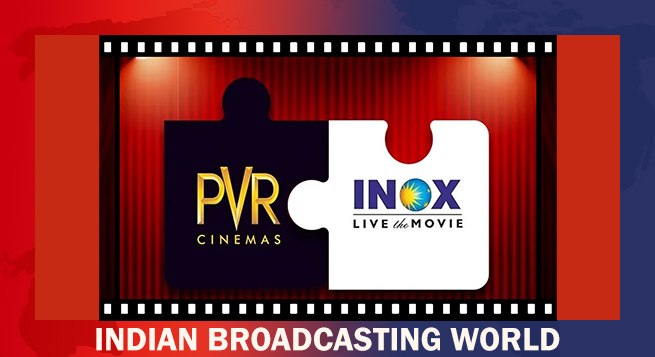 Multiplex chain PVR Inox quarterly loss widens
Multiplex chain PVR Inox quarterly loss widens 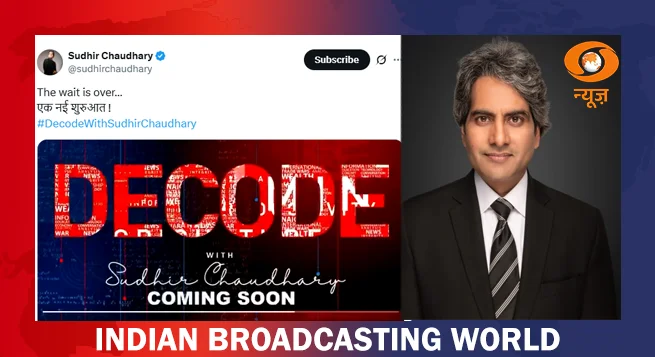 Sudhir Chaudhary unveils teaser of his new show ‘Decode With Sudhir Chaudhary’ on Doordarshan
Sudhir Chaudhary unveils teaser of his new show ‘Decode With Sudhir Chaudhary’ on Doordarshan  NBF advises TV news channels to stop flashing ‘War Breaking’ tagline
NBF advises TV news channels to stop flashing ‘War Breaking’ tagline  Gameskraft halts Pocket52 operations for strategic revamp
Gameskraft halts Pocket52 operations for strategic revamp 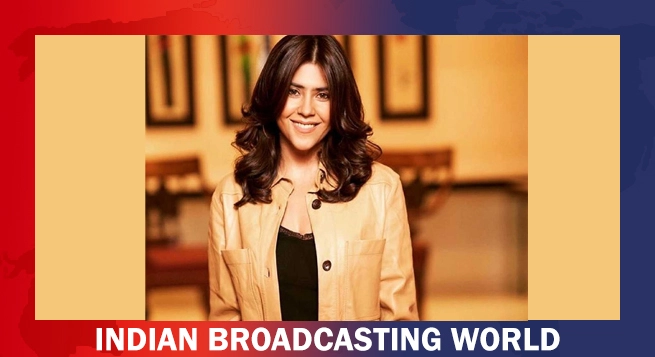 Ekta Kapoor drops hint on return of ‘Kyunki Saas Bhi Kabhi Bahu Thi’
Ekta Kapoor drops hint on return of ‘Kyunki Saas Bhi Kabhi Bahu Thi’  ‘Captain America: Brave New World’ to stream on Disney+ from May 28
‘Captain America: Brave New World’ to stream on Disney+ from May 28  Trailer of Aamir Khan’s ‘Sitaare Zameen Par’ out
Trailer of Aamir Khan’s ‘Sitaare Zameen Par’ out 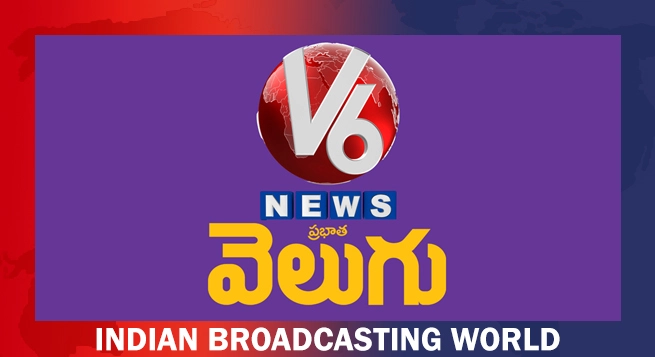 V6 Velugu achieves YouTube diamond play button milestone
V6 Velugu achieves YouTube diamond play button milestone 

